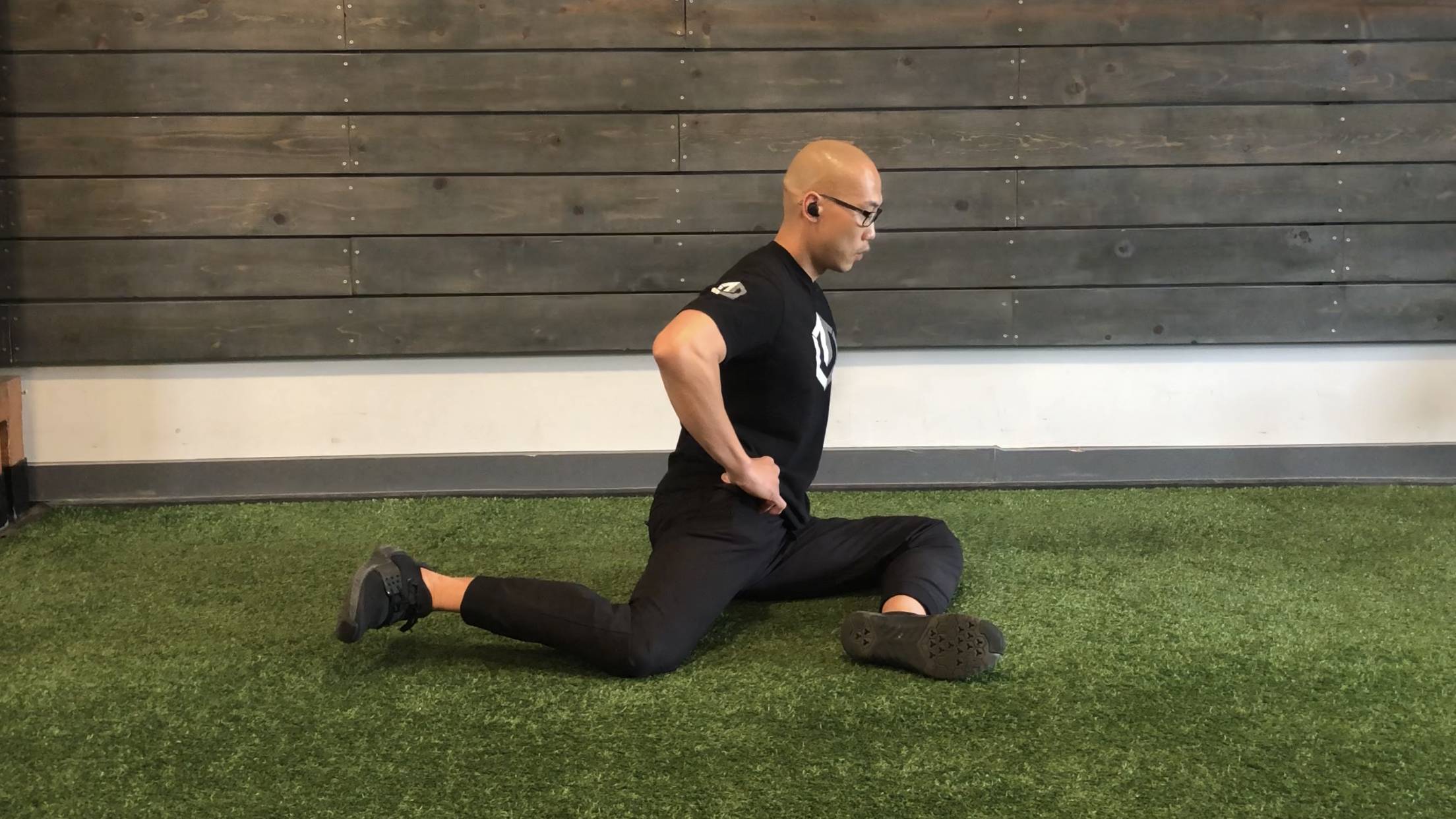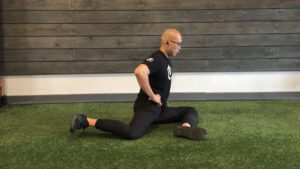Physical Therapy Maple Grove MN optimizes movement, reduces pain, improves gross motor skills, and prevents disability. It also promotes independence, enhances quality of life, and minimizes the need for medication or surgery.
Some people work with PT to recover from injuries, while others seek long-term management for chronic conditions. Regardless of the duration, most people benefit from following their plan and asking questions as needed.

Physical therapists use techniques that include exercises, hands-on care, and equipment to ease pain and improve movement in patients with injuries. They also educate patients about their injuries and help them understand how to move in ways that reduce the risk of future injury. They are also experts in the way the body moves and often can spot problems that others may miss.
Treatment is usually begun with a comprehensive evaluation of the problem, which may involve neurological testing and joint mobility tests to determine the extent of your injury. The therapist will then develop a treatment plan, which may include manual therapy, e-stimulation (electrical stimulation), heat and cold, and compression therapy.
The majority of treatment sessions focus on active exercise to improve your mobility, coordination and muscle strength. Your therapist will show you how to perform these exercises and then encourage you to do them at home, too. This is an important part of your recovery because the exercises will only work if you do them regularly at home, not just in your PT clinic.
Depending on the extent of your injury, other treatments may be used to relieve pain and inflammation. Physiotherapists use massage techniques such as effleurage, petrissage and trigger point therapy to mobilize joints and loosen tight muscles. They also offer hydrocollator treatments, which are cloth packs filled with a hot water, sand, clay and silica mixture. The packs are heated in a device called a hydrocollator and are then applied to the affected area.
Other forms of PT treatment include vestibular rehabilitation to improve balance, core stability and neck/shoulder/back pain; lymphedema management to reduce fluid buildup in soft tissue; and wound care therapy to ensure the healing process is optimal. Some physiotherapists also have specialties in women’s health, including urinary and bowel incontinence, pelvic/vaginal pain, prenatal and postpartum musculoskeletal pain and women’s health issues such as osteoporosis and female cancer survivorship.
there are two paths to becoming a physical therapist: earning a doctorate or a master’s degree. The doctorate program takes three years and is more common, but some students choose to earn a master’s degree instead, which can save time. However, it’s important to enroll in an accredited program before beginning your graduate work. Accreditation ensures that your school meets certain academic standards and can help you qualify for financial aid and other student benefits.
In addition to classroom instruction, most physical therapy programs include clinical experience as part of the curriculum. Some schools even have state-of-the-art simulation centers to give students hands-on practice. Some also offer a “3+3” program, which allows students to complete a bachelor’s degree and then begin the three-year physical therapy program. These programs can save students time and money by allowing them to enter the physical therapy field sooner.
Physical therapists are movement experts who help patients improve their quality of life through prescribed exercise and hands-on care. They are dedicated to helping their patients achieve their goals and return to their normal daily activities. Their patients range from infants with developmental disabilities to seniors with chronic disease and orthopedic injuries.
The profession of physical therapy is constantly evolving, and opportunities for specialization and board certification are available. Whether you are an experienced PT or are just starting out, it’s important to take continuing education courses that will keep you up-to-date on the latest techniques and research. This will also help you stay on top of your skills and increase your job security. Continuing education is also a great way to network with other PTs and share your knowledge and expertise.
Whether you’re recovering from an injury or living with chronic health issues, a physical therapy program can help relieve pain and increase mobility. Physical therapists design and execute a series of exercises that target specific injuries or conditions. These include cardiovascular conditioning, balance, and flexibility exercises. They also use a variety of strength-training techniques and tools, such as resistance bands or weights.
Cardiovascular conditioning helps you get your heart rate up and improves blood flow throughout the body, which supplies vital nutrients to muscles. This helps your injured area heal faster. It also helps you build endurance, which will make other physical therapy exercises easier.
Strength-training exercises are designed to strengthen weak and weakened muscles. These are often used to help people who have experienced muscle loss due to surgery or a sedentary lifestyle. They can be performed using resistance bands, weights, or bodyweight. Balance and coordination exercises are also a common part of physical therapy programs. They can help prevent falls, which are the leading cause of hospitalization among older adults. For example, a physical therapist might instruct you to shift your weight between your right and left foot in a swaying motion until you can do it on your own.
Your physical therapist will likely prescribe an exercise program that includes both in-office and at-home exercises. When doing home exercises, follow your therapist’s instructions carefully. If you don’t understand an exercise, ask for clarification or a different explanation. It’s important to perform the exercises correctly, as incorrect movements can exacerbate your injury. It is also important to keep track of how the exercises make you feel. This information can help you and your therapist determine whether or when to modify an exercise.
Whether working in an office or in a treatment clinic, physical therapists rely on equipment to perform their jobs. They need a variety of essential and specialized tools to help patients recover from injuries and regain strength and mobility. Some of the most common physical therapy tools include foam rollers, a simple way to break up scar tissue and muscle tightness, and ultrasound machines that use sound waves to promote healing and reduce pain. The type of equipment that is required depends on the types of injuries that the therapist plans to specialize in treating.
PT equipment ranges from basic exam and massage tables to advanced exercise machines. Other basic equipment includes a variety of stability devices and topical pain relief products. A PT may also use anatomical models to educate patients about their injuries. Other specialized equipment may include exercise sliders, which are inexpensive and incredibly versatile during a workout. These gliding physical therapy tools are ideal for a range of upper and lower body exercises on tile, hardwood or carpeted floors.
Many individuals struggle to engage in physical therapy because their insurance doesn’t cover frequent sessions or they have no access to at-home physical therapy equipment. Fortunately, with the right physical therapy tools and guidance from their therapists, individuals can practice at home and complement the work done in the clinic on their own schedule. When searching for at-home physical therapy tools, individuals should focus on finding tools that are engaging and motivating to encourage consistent repetition. They should also pay attention to the level of maintenance needed for the specific type of equipment they’re buying. If a tool requires regular maintenance, they should consider the cost and ease of maintaining it at home before making a purchase.
The cost of physical therapy can vary widely depending on a number of factors. The therapist’s experience and qualifications, insurance coverage, and session length all contribute to the overall cost of treatment.
Some health insurance plans cover physical therapy completely, while others require you to pay a co-payment for each visit. In addition, some policies have a deductible that you must meet before the insurance provider starts covering your treatment costs. It’s important to understand these details before scheduling your PT sessions.
If you have a flexible spending account (FSA), health savings account or health reimbursement account, these may be able to pay for some or all of your sessions. However, it’s important to talk with your physical therapist about this before deciding to go ahead and use these accounts.
For patients without health insurance, the average out-of-pocket cost for a single physical therapy session is $150. This includes the initial evaluation, a consultation, and training from your physical therapist. If you’re planning on receiving multiple treatments, your total cost can add up quickly.
In addition to the cost of your physical therapy sessions, you might need to purchase some equipment or other items to aid in your recovery. This can include things like a cervical roll, balance board, exercise ball or shoulder pulleys. While these items can be expensive, many PT offices offer reasonably priced solutions that you can buy or rent. You can also buy items for home use, such as resistance bands or kinesiology tape, which are usually much cheaper.



